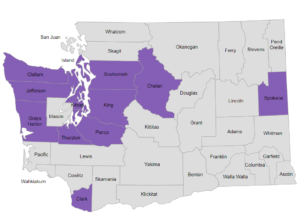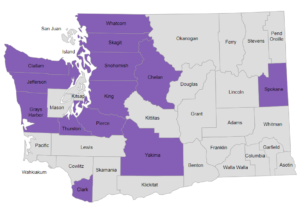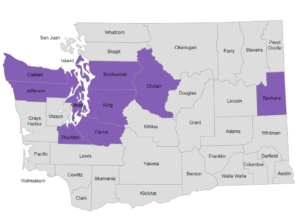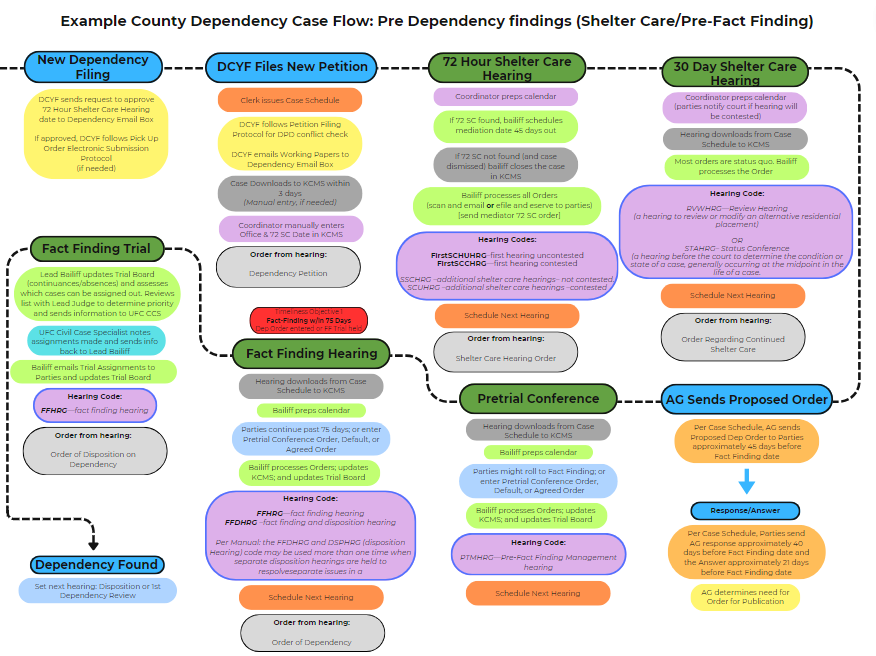Medication-assisted treatment (MAT) is widely accepted as the most effective form of treatment for individuals with opioid use disorder. MAT options have offered a pathway to recovery for many individuals who have found sustained, long-term recovery with the support of these medications and services. Despite this, MAT is often categorized as a form of harm reduction. In fact, MAT is known to provide many life-saving harm reduction benefits to individuals who use substances. So, which is it? A pathway to
Incorporating the Family into Treatment and Recovery, Part 6: Healing Children of Parental Substance Use Disorders
Prevention begins with helping children of parents with substance use disorder heal. Trauma and chronic stress alter brain function and can lead to negative outcomes, including ineffective coping skills, lack of impulse control, attachment adjustment, and academic challenges. Identification is hindered by invisible stigma, family rules, and the child’s fears that no one will believe them. Availability and access to help is limited and decreases with poverty and other cultural factors. Children all have internalized protective and environmental factors that
Incorporating the Family into Treatment and Recovery, Part 5: Celebrating Families!™ – Nurturing Family Resiliency and Healing
Free webinar hosted by NAADAC Celebrating Families!™ (CF!) is a multi-family, trauma-sensitive, strength-based program. CF! was developed specifically for families dealing with or at high risk for substance use disorders, multi-generational trauma, physical and mental health challenges, cognitive deficits due to trauma, genetics, OR in-utero exposure, and safety regarding child abuse, neglect, and family violence. CF! addresses these needs through building healthy living skills and educational peer support. It serves the whole family, including children zero to 18 years old,
SAMHSA GAINS: Harm Reduction Practices in Treatment Court: What Fits and What Doesn’t
Harm reduction is broadly defined as a set of strategies to promote public health by reducing negative consequences associated with drug use for individuals, their families, and the community. It aims to reduce risks and improve quality of life for people who use drugs. Few would argue with these general definitions, but the implementation of harm reduction measures is often contested. What harm reduction looks like for people with justice involvement who are classified as high risk or high need
